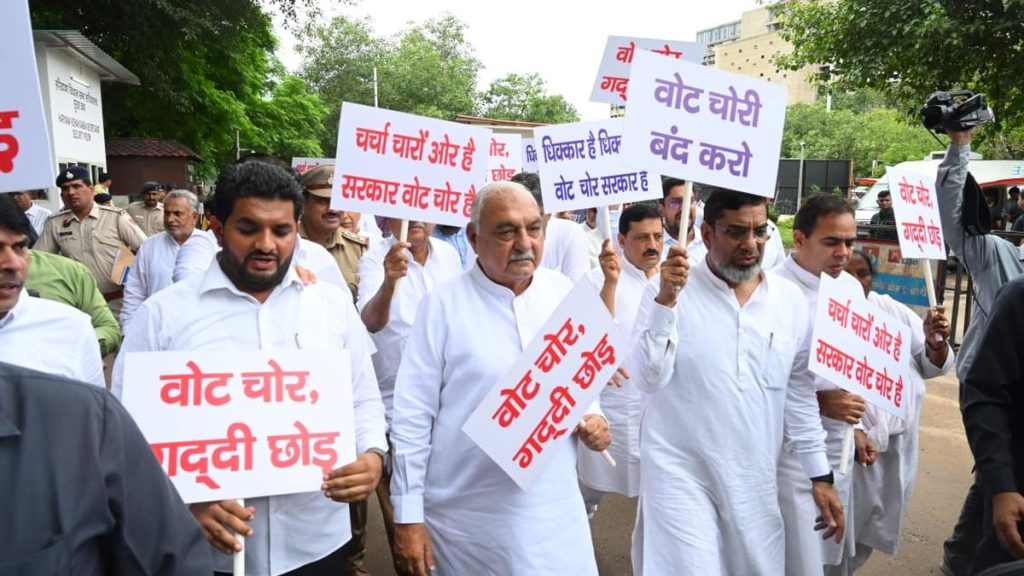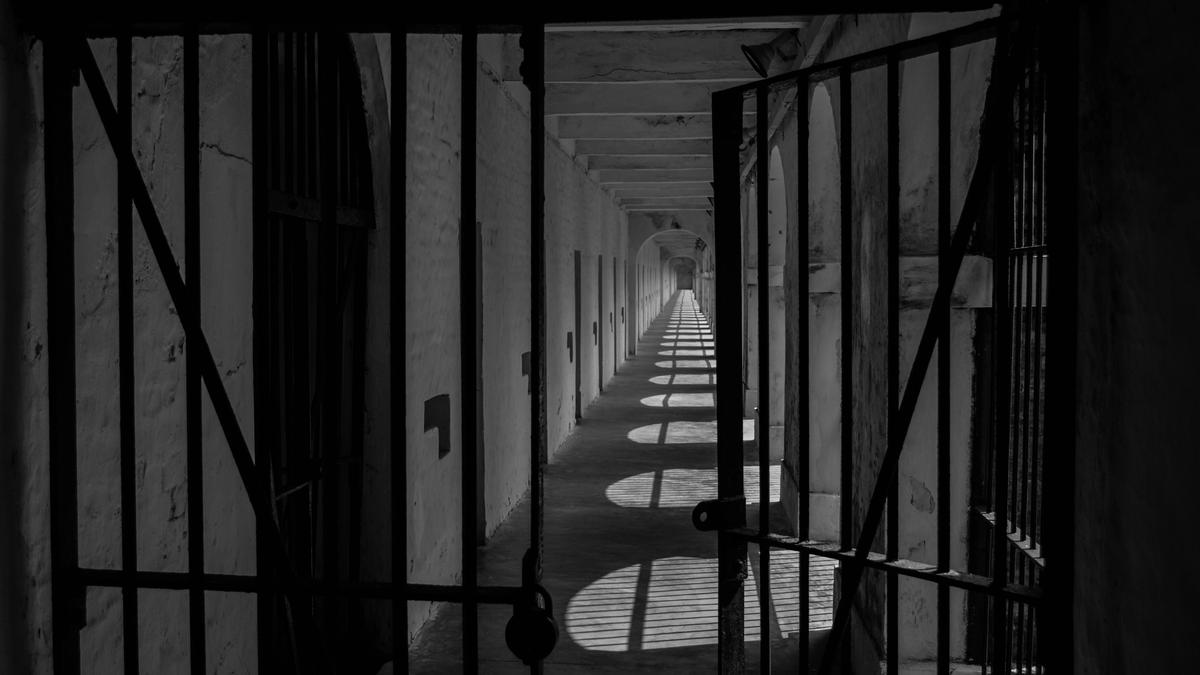With radicalisation in prisons becoming an increasingly critical challenge in the global context and often found to be a precursor to several criminal activities, the Union Government has called for urgent steps to counter the menace.
The Ministry of Home Affairs in an advisory to Home Secretaries of all States/Union Territories, said there was a need to check and counter radicalisation of vulnerable individuals in prison settings and to undertake an exercise for de-radicalisation of such individuals as the same was considered crucial for preserving public order and ensuring internal security.
In prison environment, radicalisation could be typically dangerous, as the campuses were closed spaces where social isolation, group dynamics and lack of oversight could foster extreme points of view. Prisoners could often become vulnerable to radical narratives owing to feelings of alienation, tendency towards violent behaviour and anti-social attitudes.
“In some cases, radicalised inmates may engage in acts of violence or orchestrate attacks against prison staff, fellow inmates, or even external targets. It is therefore important to address the issue of radicalisation in prisons for reducing the risks of violent extremism, fostering rehabilitation, ensuring national security, and supporting successful reintegration of prisoners into society,” the MHA said.
Referring to the ‘Model Prison Manual, 2016’ and the ‘Model Prisons and Correctional Services Act, 2023’, the MHA said the model frameworks rolled out by the Government of India had guidance on classification and separation of high-risk prisoners, extremists etc. and setting up of special enclosures, including High Security Prisons, to house such prisoners separately.
Reiterating its earlier advisories on ensuring segregation, surveillance and counselling of hardcore prisoners and to take suitable reformative steps to counter the threat of radicalisation, the Home Ministry said that in light of the growing concerns about the malady of radicalisation in prisons, the States were expected to follow the guidelines.
Individual risk assessments should be periodically conducted both at the time of entry of the prisoner and during his/her period of incarceration at periodic intervals. Prison authorities could coordinate with the law-enforcement and intelligence agencies to identify inmates who could pose a risk of radical influence to other inmates.
Establish separate prisons
High-risk inmates who were inclined towards propagating the ideology of radicalisation should be segregated from the general prison population to minimise the risk of indoctrination. “States/UTs may consider establishing an independent High Security Prison Complex in their jurisdiction for housing hardened/radicalised prisoners, terrorists etc. separately with a view to prevent them from influencing other inmates. These inmates should be kept under enhanced surveillance using monitoring tools and intelligence mechanisms to detect and address potential threats and radical networks within the prison.”
Besides rehabilitation programmes and other training modules to engage prisoners in a productive manner, the authorities could promote continued contact between inmates and their family members to strengthen their emotional stability


























